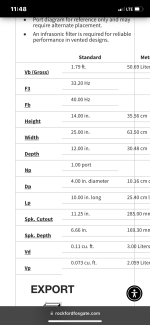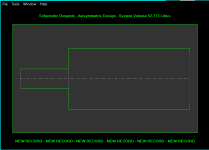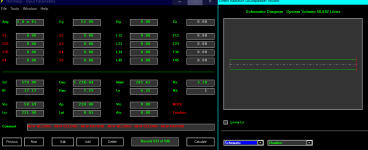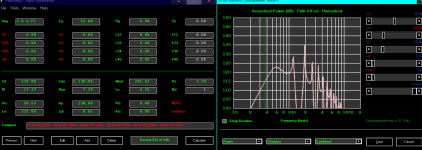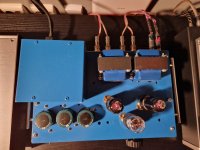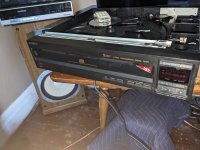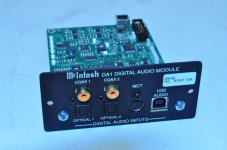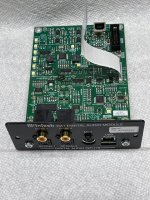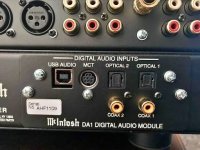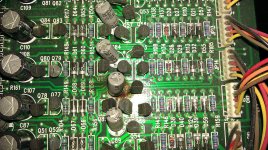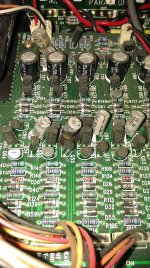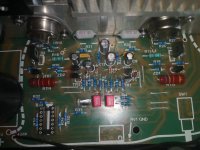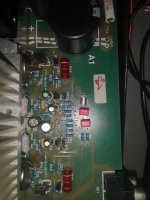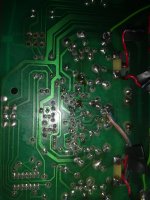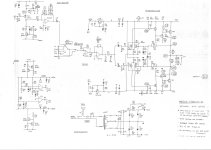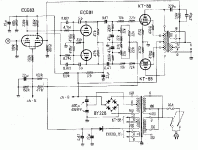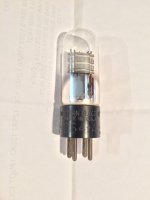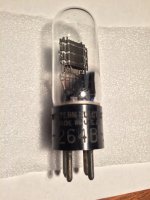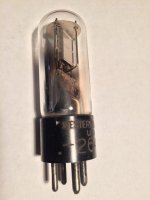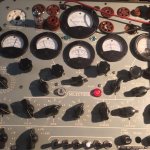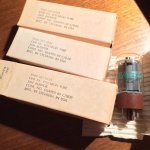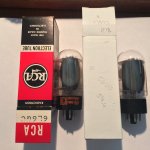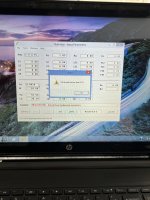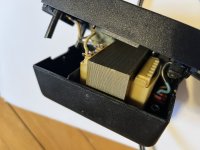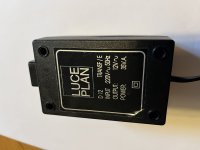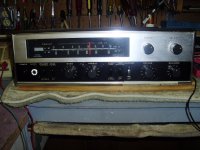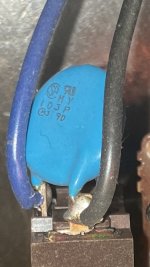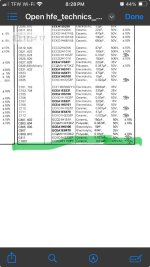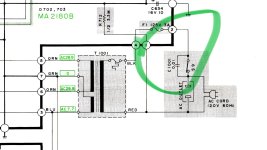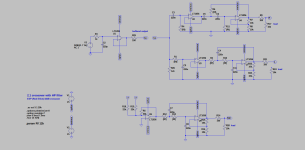TLDR
🙂 Is there any audible preference/difference noticeable between the two tracks in either (or both if you prefer) of the two folders marked 'Digital' and 'Analogue'. There are two MP3 files in each.
There is also a poll attached where you are allowed a
single choice out of seven options. Read the choices carefully before voting. They are:
1/ I prefer Digital Recorder A
2/ I prefer Digital Recorder B
3/ I prefer Analogue Recorder A
4/ I prefer Analogue Recorder B
5/ I prefer the Digital over the Analogue
6/ I Prefer the Analogue over the Digital
7/ I can not really discern any difference
If you can not tell much difference between models but suspect you might prefer Analogue over Digital or vice versa then there are options for that in the poll.
---------------------------------------------------------------------------------------
I thought it might be interesting to do a comparison between two Minidisc recorders, the MDS-JE480 which was one of the last models that Sony produced, a model that was firmly in the 'budget' category. The other is an MDS-JB920 which is an older model but much more of a heavyweight and dare I say more audiophile oriented. The budget MDS-JE480 does however sport one of the last (and best) developments of the ATRAC compression system 'ATRAC3 DSDP Type S' while the MDS JB-920 uses an earlier version of ATRAC. The later ATRAC versions were needed for the inclusion of LP2 and LP4 recording modes which doubled and quadrupled recording time available per disc, a very useful feature and one the MDS-JB920 lacks.
The actual MDS-JB920 used here is one I was fortunate to obtain a few months back. It has that classic early generation quality feel to it, it's a real heavyweight and offers very high build quality throughout. Unlike the MDS-JE480 which majors on using SMD components, this one uses mostly normal sized through hole parts.
https://www.diyaudio.com/community/...ttle-conundrum-at-the-end-of-the-post.405949/
The MDS-JE480 I have owned from new and this picture is from the web. It is much more a lightweight budget model but it is nicely finished and very feature rich and of course having that very desirable ATRAC3 Type S encoding system.
The recordings were made as follows. A Micromega Stage 2 CD player was used as the source and this was fed optically (TOSLINK) into both players for recording. The normal analogue output of each player was then captured and recorded for the comparison. For completeness another set of files was made using the analogue inputs on the recorders which adds the recorders own A/D convertor into the chain.
(for those familiar with the Micromega it has as only a coax digital output as standard but I modified this player years ago to add a TOSLINK output as well)
The recordings were captured using Audacity on a Dell Mobile Precision Workstation and the levels have been equalised. The raw files were converted to 320kbps MP3 to allow a reasonable file size which allows them to be attached to the forum.
I have labelled the players simply as 'Player A' and 'Player B' so you do not know which is which, however to avoid possible confusion Player A in one folder is the same as Player A in the other.
There are three zipped folders attached.
The folder called 'Digital' contains the two files recorded using the TOSLINK input, one for the MDS-JE480 and one for the MDS-JB920.
The folder called 'Analogue' contains the same two recordings but these were made using the analogue inputs to the recorders and so have the recorders own A/D conversion in the chain.
The third folder called 'Micromega' contains the same test track but this is directly recorded/sampled into Audacity with no recorder in the chain. So this can be thought of as a 'reference' and was taken from the RCA outputs of the Micromega. The Micromega Stage 2 uses dual Bitstream DAC's and had a very high reputation for sound quality back in the day.
(for anyone keen eyed I have double checked the files because you will notice a difference in compressed file sizes between players A and B in each folder and how they seemingly switch positions between the two folders. Why that happens I have no idea but it comes out that way when I repeated the process as a check. The uncompressed sizes are identical between all five files)

